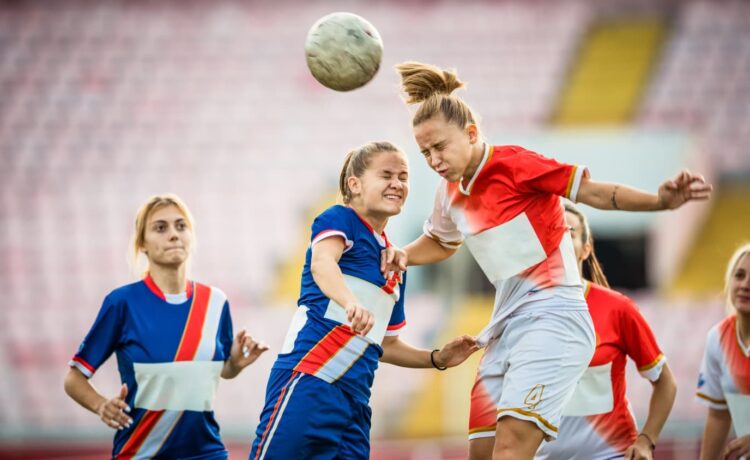Unlike obvious sports injuries like a broken leg, the symptoms of a sports concussion do not always appear right away. Coaches and players should not assume that no damage has occurred because the consequences of the brain injury may not be apparent for hours, days, or even weeks after the initial jolt to the player’s head.
When Do Delayed Sports Concussion Symptoms Start?
When an injured player does not show obvious signs of a concussion right away, symptoms typically start appearing in 24 to 48 hours. For example, the player may feel fine until the next morning when a blinding headache makes it difficult to get out of bed. Other symptoms that may appear at this point include:
- Balance problems
- Blurry vision
- Confusion
- Difficulty sleeping
- Dizziness
- Memory issues
- Nausea and/or vomiting
- Slurred speech
- Unusual behaviour
Everyone involved in the injured player’s treatment needs to keep in mind that the type and severity of symptoms vary considerably from one person to the next. Observation is critical, as is seeking medical attention for any unusual or prolonged symptoms.
The Importance of Resting the Brain Immediately After a Sports Concussion
An injured player with a suspected concussion should leave the game and go home to rest for 24 to 48 hours. Resting does not necessarily mean staying in bed the entire time, but the player must avoid any activity that is strenuous on the mind or body. Physical activity of any kind during this resting period can prolong concussion recovery.
The concussed player should keep the lights turned down low and keep noise and distractions to a minimum. It is especially important to avoid using electronic devices, such as computers and smartphones, and to not watch television. These activities are stressful on a recently injured brain and using them during this early recovery period can cause significant light and sound sensitivity later.
With a doctor’s approval, the injured player can begin moving about their home and using electronics a few minutes a day once 48 hours have passed. Since new symptoms of a sports concussion can develop at any time, the injured player should notate the symptoms and report anything concerning to a doctor.
Gradual Return to Normal
Once the crucial first 48 hours have passed, the focus shifts to regaining any lost skills and returning to the game. If the concussion was moderate or severe, players may need to wait two weeks or more to reach this phase. A multi-disciplinary approach to concussion recovery typically works best for athletes who want to get back on the field. Specialists who can help in concussion recovery include:
- Occupational therapist
- Physical therapist
- Psychologist
- Speech therapist
- Vestibular therapist
One specialist acts as a case manager to organise the player’s appointments and feedback from the others. Each specialist identifies problem areas and works with the injured player to regain skills necessary for everyday life and to play competitive sports. The multi-disciplinary team also works together to create a treatment plan and establish goals for the injured player.
The final phase of concussion recovery before returning to active play is called the endurance phase. The goal is for the player to return to their previous level of play without limitations or the need for special accommodation. Players work with their multi-disciplinary team to complete exercises that mimic what they will do on the field once they return to their sport.
Brain-injured players do not have physical contact with anyone during these exercises. The medical team continues to monitor the body’s responses to exertion to determine when and if the player is ready to return to a contact sport.

